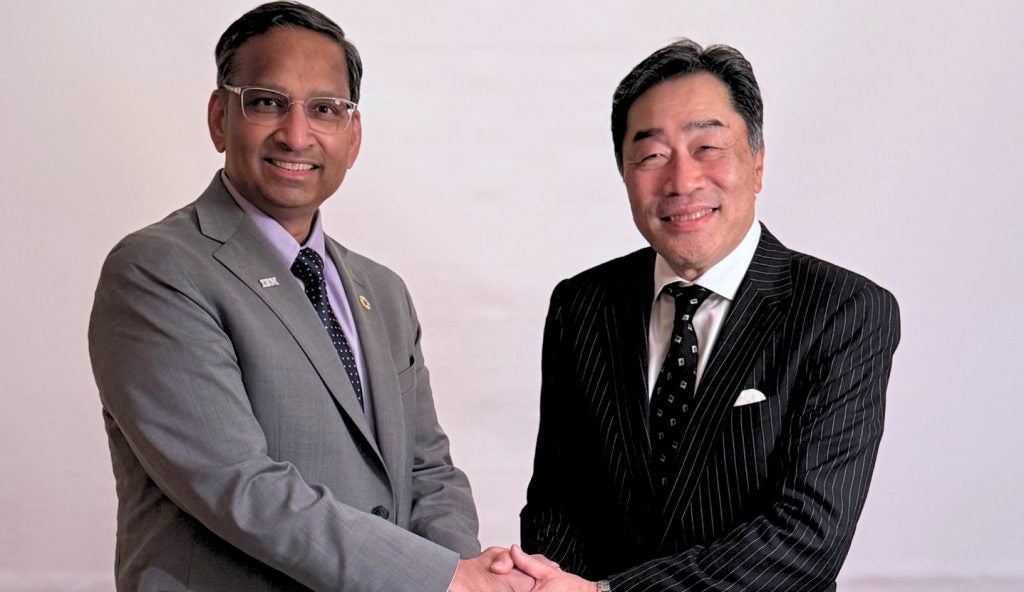Cases of tick-borne diseases are on the rise globally, with Lyme disease patients increasing by over three-fold in the US alone in the past couple years. This is mirrored in neighbouring Canada, which saw a six-fold increase in the past nine years.
Tick-borne diseases can be extremely hard to diagnose. If a patient doesn’t show the telltale bulls-eye rash sign of Lyme disease, they are plagued by a variety of incredibly unspecific symptoms such as flu-like symptoms, fever, and vomiting.
If the diagnosis is not made in time, Lyme disease can result in permanent neurological damage such as paralysis.
Lyme disease is hardly the worst of the lot, with a dozen new diseases being found in the past 50 years. A disease named Powassan attacks the brain directly, causing it to become inflamed, resulting in neurological damage or death.
Reasons for tick-borne diseases rise
In most cases, the patient doesn’t even know they’re at risk for a tick-borne disease as ticks are very small and hard to see, about 1-5mm in size. The main issue with this increasing incidence is the fact that the tick population is exploding.
As is normally the case with these issues, the fault can be traced back to man-made changes to the natural environment. Ticks are naturally preyed upon by white mice, which live in heavily forested areas.
However, as forest is perpetually being cleared to make way for developments, the habitat of the mice is rapidly diminishing, and so too are their numbers. This, coupled with climate change, is leading to an explosion in the number of ticks.
How can we stop this? Proper dress and awareness is the most direct way a person can keep themselves tick-free. If hiking in the forest, wear long clothes that cover the skin. Ticks are easily able to attach to exposed skin but have a harder time getting around on clothing. Secondly, a hiker should always check oneself for ticks after they get home. Ticks are small and will generally be attached around areas with exposed skin.
Reintroducing natural predators and diagnostics tools
On a larger scale, we can prevent the spread of tick-borne diseases by reintroducing their natural predators such as white mice or opossums.
This, when coupled with improvements in tick–borne disease diagnosis tools, will hopefully curb the spread of the diseases
As tick diseases often go undiagnosed, it is heartening to see that there is interest in developing tools to counteract this problem.
Oxford Immunotec’s acquisition of Imugen’s tick-based diagnosis tools has resulted in a specialised tick-focused testing assay.
This could allow doctors to quickly and effectively diagnose tick-borne diseases before they exact any lasting damage on the patient.







